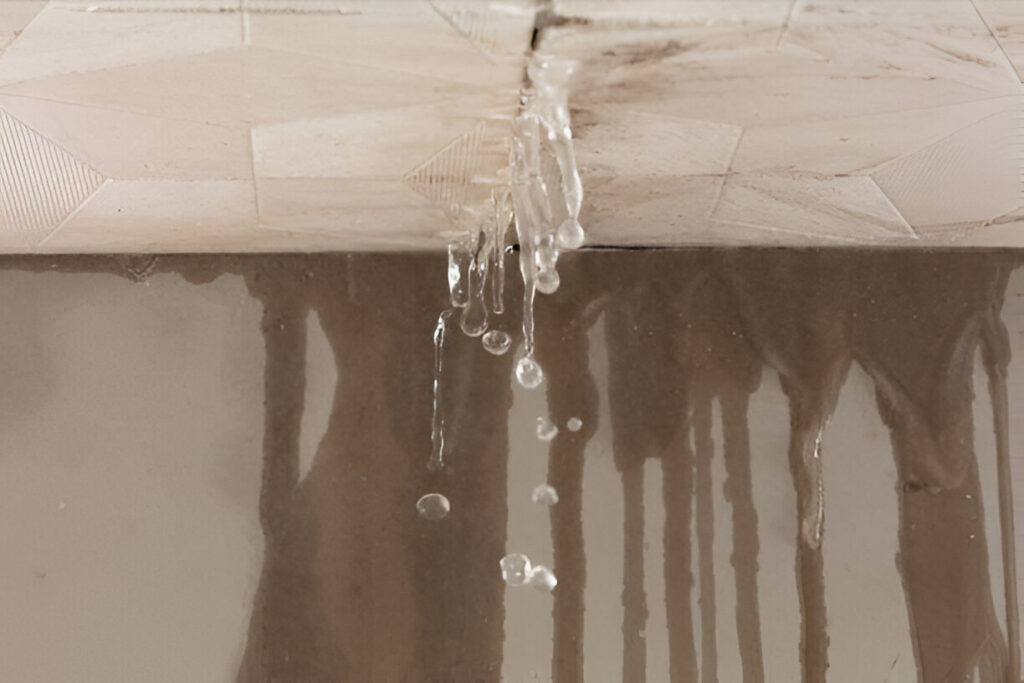When disaster strikes, water damage can wreak havoc on your home or business. Water can seep into walls, floors, and furniture, causing mold, structural damage, and health risks. But there’s good news: water damage restoration is a proven solution to bring your property back to life. By following effective methods, you can restore your space and ensure it’s safe and sound. Let’s dive into how water damage restoration works and why it’s essential.

1. Understanding Water Damage Restoration
Water damage restoration is the process of cleaning, drying, repairing, and restoring a property after it has been flooded or exposed to significant moisture. Whether from a burst pipe, heavy rain, or a faulty appliance, water can spread quickly, damaging everything in its path. But with a professional restoration process, the damage can be minimized, and your home can be restored to its pre-damaged condition.
Water damage restoration involves several stages, including water removal, drying, dehumidifying, sanitizing, and repairing. Each stage is critical in ensuring that your property is not only repaired but also protected from future issues such as mold growth or structural weakening.
2. Why Immediate Action is Crucial in Water Damage Restoration
Time is of the essence when dealing with water damage. The longer water sits, the more damage it can cause. Water can quickly penetrate porous materials like drywall, carpets, and insulation, leading to mold growth within 24-48 hours. The faster you act, the more you can reduce the overall impact of the water.
Immediate water damage restoration can prevent long-term issues such as wood rot, rusting of steel, and weakening of your home’s foundation. Quick action can save you thousands of dollars in repairs and prevent the spread of dangerous mold, which can have harmful effects on your health.
3. Step-by-Step Water Damage Restoration Process
Restoring a home after water damage can seem overwhelming, but understanding the process can make it easier. Here are the essential steps involved in water damage restoration:
- Assessment and Inspection: Professionals evaluate the extent of the damage and determine the necessary steps.
- Water Removal: Specialized equipment, such as pumps and vacuums, is used to remove excess water from the property.
- Drying and Dehumidification: High-powered fans and dehumidifiers are deployed to eliminate moisture from the air and materials.
- Cleaning and Sanitizing: Surfaces are thoroughly cleaned, and antimicrobial treatments are applied to prevent mold growth.
- Restoration and Repairs: This can include replacing drywall, repairing flooring, and addressing any structural damage.
Following these steps ensures that the water is removed, the property is dried, and any affected areas are restored to their original condition.
4. Preventing Mold Growth After Water Damage Restoration
One of the biggest concerns after water damage is mold. Mold thrives in damp environments, making a water-damaged home the perfect breeding ground. The key to preventing mold is proper drying and dehumidification during the restoration process. High-humidity levels create the perfect conditions for mold spores to grow, so it’s important to monitor moisture levels even after the water has been removed.
Additionally, applying antimicrobial treatments to areas affected by water can help kill any mold spores that may have already begun to grow. Regular inspections and keeping the humidity levels low in your home can further prevent mold from taking hold.
5. When to Call a Professional for Water Damage Restoration
While small leaks may be manageable on your own, more extensive water damage requires professional attention. A professional restoration company has the experience and equipment necessary to handle large-scale water removal and drying. They can also identify hidden damage that might not be immediately visible, such as moisture trapped in walls or floors.
Professionals also ensure that the job is done safely, especially when dealing with contaminated water from flooding or sewage backups. Hiring a qualified team for water damage restoration can save you time, stress, and money in the long run.
6. Water Damage Restoration for Different Types of Water
Not all water is the same when it comes to restoration. Water damage restoration is categorized based on the type of water involved:
- Clean Water: From sources like broken pipes or rainwater, this is the least harmful type.
- Gray Water: Slightly contaminated water from appliances like dishwashers or washing machines.
- Black Water: The most dangerous type, typically from sewage backups or floodwaters, which can contain harmful bacteria and chemicals.
Knowing the type of water involved in your water damage situation helps professionals determine the best course of action for restoration.
7. Preventing Future Water Damage
Prevention is always better than cure. After completing the water damage restoration process, it’s important to take steps to prevent future water issues. Regular maintenance of plumbing systems, installing sump pumps, and sealing cracks in your foundation can go a long way in protecting your home from water damage.
Additionally, consider investing in water leak detection systems that can alert you to leaks before they become a major issue. By being proactive, you can reduce the risk of water damage and the need for restoration services.
8. The Cost of Water Damage Restoration
The cost of water damage restoration can vary greatly depending on the extent of the damage and the services required. On average, restoration can cost anywhere from a few hundred to several thousand dollars. Factors that influence cost include the size of the affected area, the type of water involved, and the time it takes to dry and restore the property.
It’s important to remember that acting quickly can reduce costs, as less damage means fewer repairs. Many homeowners’ insurance policies also cover water damage, so be sure to check your policy to see what’s included.
9. Why Water Damage Restoration is Worth the Investment
Investing in water damage restoration may seem costly upfront, but it’s well worth the money in the long term. By taking immediate action, you can save your property from more extensive damage, which can be far more expensive to repair down the line. Plus, restoring your home to its original state improves your quality of life and prevents issues like mold and structural damage from threatening your health and safety.
In conclusion, water damage restoration is essential for any home or business that’s been affected by water. By understanding the process and acting quickly, you can restore your property to its former glory and protect it from future harm.











Latest Posts
Introduction: Makeiva Albritten’s Unforgettable Legacy
How To Relieve Stress: 5 Simple And Effective Ways
Election 2024 Date: Key Details and What to Expect